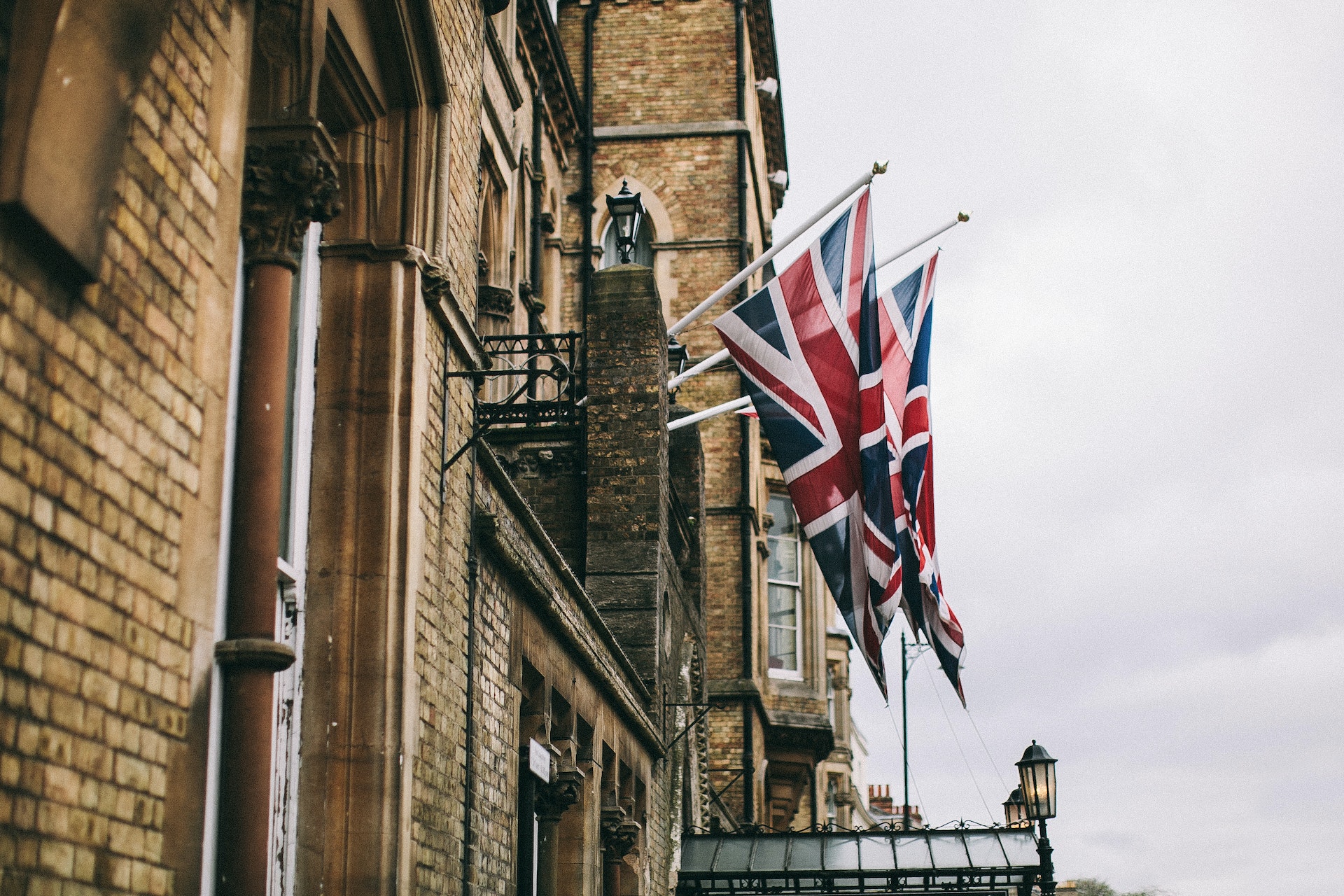INTRODUCTION
The British Constitution contains legal and non-legal sources such as conventions and juristic writings. There is no single constituent document; many constitutional sources are of a written nature. To give meaning to the Constitution, it is necessary to study many fundamental documents, statutes and cares together with the non-legal conventional rules surrounding and giving sense to the legal regulations.
DEFINITION OF CONSTITUTION
According to Colin’s Law Dictionary:
The Constitution of a country or organization is the system of laws and rules which formally states people’s rights and duties.
SOURCES OF THE BRITISH CONSTITUTION
Sources of British constitutional law comprise two branches, i.e.
(A) Legal Sources
(B) Non-Legal Sources
(A) LEGAL SOURCES
Legal sources are the formal origin of a rule, which confers a legal force on it. Rules obtained from legal sources can be enforced through courts of law. Legal sources of the British Constitution are as follows:
1. LEGISLATION:
Acts of parliament have been enacted which relate to the system of Government. These are a few topics of constitutional. Law: In the absence of a written Constitution, the legislation has not affected many. Moreover, these enactments can be repealed by another Act of Parliament; primary statutory sources are historical documents.
(i) Magna Carta of 1215:
Historic, it represented a formal settlement between the crown and the barons. The charter set out the rights of the various classes of the medieval community according to their different needs as follows
(ii) Petition of Rights, 1628:
No man be compelled to make or yield any gift, loan, tax of such like charges without consent by Act of parliament. The Petition of Rights 1628 arose because of Darnel’s case or the five knights case, in which the defendant had been convicted and imprisoned due to refusing to pay a loan imposed, a forced loan by King Charles-l.
(iii) Habeas Corpus Act, 1670:
It is one of the four great charters of English lib, party securing English subjects speedy relief from unlawful imprisonment.
(iv) Bill of Rights, 1689:
The glorious revolution of 1688 brought about the downfall of James II of England and James VII of Scotland from his two thrones and the reestablishment of the monarchy in two Kingdoms on terms laid down by the English and Scottish parliament, respectively. Bill declares the rights and liberties of the subjects and settles the succession of the crown. Hen,ce the King is a constitutional monarch, and for the first time, parliament attempts to regulate the title to the throne.
(v) Act of Settlement, 1701:
Act of Settlement, 1701, clarified the line of succession to the throne. The Act also provided for the security of tenure for the Judiciary during behaviour, thus ending the power of the crown to dismiss Judges at will. About succession to protestant heirs, thus prohibiting accession to the throne by Roman Catholic persons or who marry a Roman Catholic.
(vi) Treaty of Union, 1706 Amended in 1709:
The Treaty of Union also has an enduring constitutional effect. The treaty united England and Scotland under a single parliament of Great Britain.
2. JUDICIAL PRECEDENT:
The Judiciary defined the relationship, through case laws, between the institutions of the state, the crown, the executive, parliament, and the Judiciary and described the relationship between the state and the individual. The entire study of constitutional and administrative law concerns the examination.
(B) NON-LEGAL SOURCES
Non-legal rules can be divided into two categories,
1. CONVENTIONS:
The conventions are the most crucial source of the British Constitution. A government is formed and removed based on patterns. It is on account of many ways that the British Constitution is said to be convention-ridden.
2. JURISTIC WRITINGS:
Juristic writings are a source of the British Constitution because the constitutional rule can be gleaned from them and because they have great persuasive value. Their opinion may and sometimes do influence judges and thus imperceptibly accelerate the process of evolution.
CONCLUSION
The British Constitutiocomprises of charters, judicial decisions, customs, common law, usages, and traditions. It is not derived from a single source but from several. It is not completed but is still growing. The system of the f UK is mainly based on conventions, which are the dignified part of the Constitution, and they are responsible for running and regulating the entire machinery of Government.
FAQs
Discuss the Sources of the British Constitution.
(2019-A)
Legal and non-legal sources have played a significant role in developing the British Constitution. Explain these two sources.
(2017-S)
Write a short note on the Sources of the British Constitution.
(2017-A)
What do you understand by the term ‘ Constitution? Explain in detail the fundamental sources of the British Constitution.
(2016-S)
Discuss the legal and non-legal sources of the British Constitution.
(2015-A)
What do you understand by the term” Constitution”? Explain the legal and non-legal sources of the British Constitution.
(2014-S)

